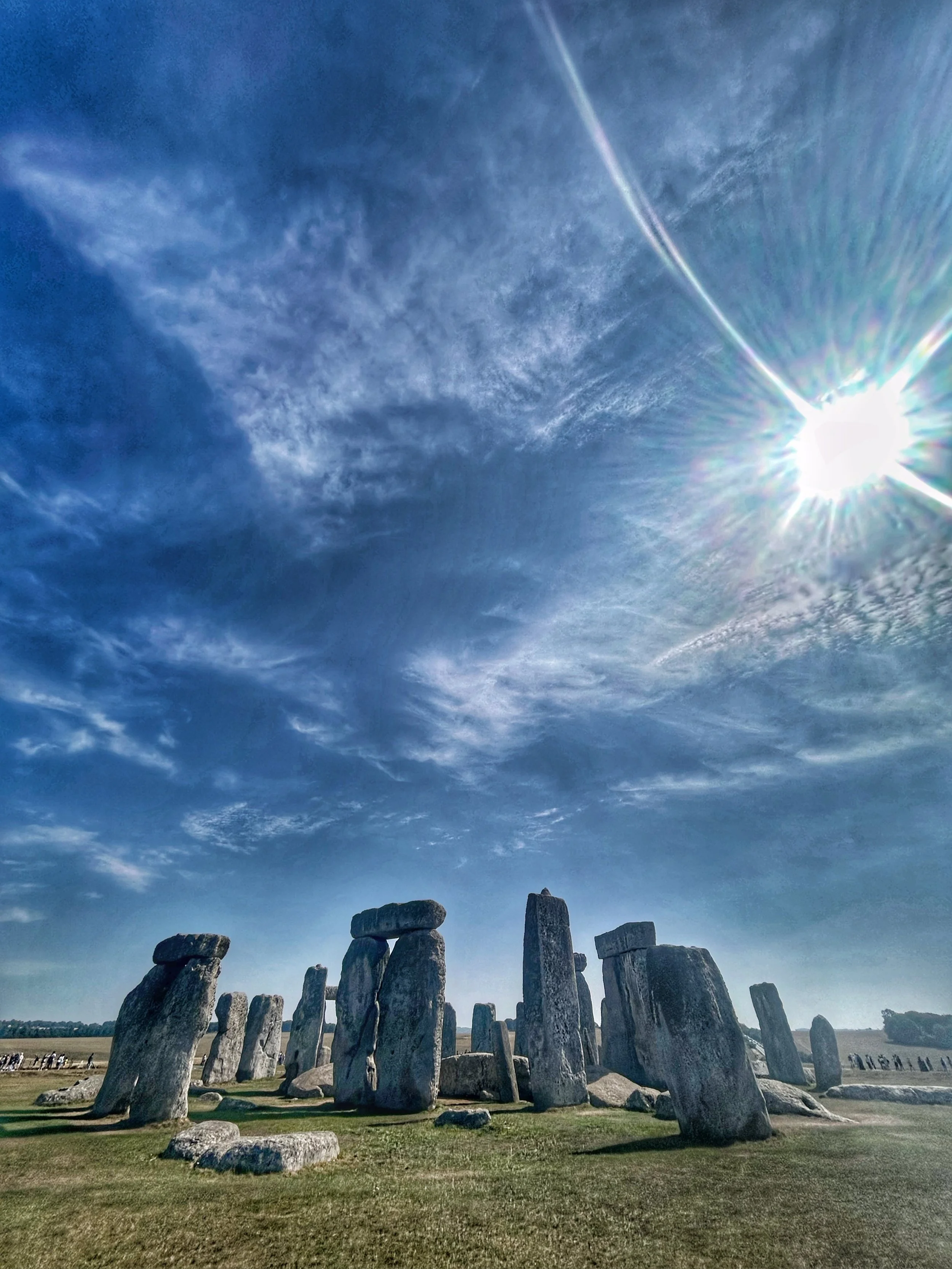The ancient stones that dot the landscapes of Britain have always captivated our imagination. In a recent podcast episode, hosts Craig and Andy, joined by author and storyteller Dawn Nelson, delved into the history and rich folklore behind these silent sentinels. The conversation revealed a surprising world of petrified dancers, ancient curses, and the thin line between ancient lore and modern myth.
A Year of Sunrises and a History of Stones
Dawn began by sharing the inspiration behind her new book, Stories of the Sun. She embarked on a year-long challenge to watch a sunrise once a month, documenting the experience in her writing. This personal journey provided a unique perspective on the cycles of nature, which led naturally into a discussion of the world’s most famous stone circles.
While we often think of Stonehenge, Dawn pointed out that these circles are a global phenomenon. Stonehenge itself is believed to be about 5,000 years old, but much older sites have been discovered, such as the 12,000-year-old Göbekli Tepe in Turkey. Archaeologists and historians believe these structures were not just calendar systems, but spiritual and communal gathering places.
The Folklore: When People and Stones Collide
With a rich history, it's no surprise that a vast body of folklore has grown around standing stones. A common theme is petrification: people turned to stone as a punishment. The Zealous Bride at Stanton Drew, for example, along with her wedding party, was turned to stone for dancing on the Sabbath. Similarly, the Hurlers, a stone circle in Cornwall, were said to be men who were frozen in place for playing the ancient sport of hurling on a Sunday.
Witches and magical cows also feature prominently in these tales. The stone circle known as Long Meg and Her Daughters is said to be a powerful witch and her coven who were transformed into rock. Another recurring motif is the "everlasting milk cow," a magical creature that appears in myths like that of the Mjolka Hare, a witch who would turn into a hare to steal a cow's milk.
Modern Curses and Enduring Mysteries
Even today, these ancient sites continue to spark modern legends. The infamous London Stone, a small, unassuming rock in Cannon Street, has its own folklore dating back centuries, claiming that anyone who strikes it can gain control of the city.
The discussion also touched on the bizarre history of Stonehenge itself. It was once a private property, owned by a man named Antrobus who, after being cursed by Druids, lost his heir and then his life. The site was then bought at an auction by Cecil Chubb, who went to buy curtains for his wife but came home with Stonehenge instead. Chubb, to his wife's displeasure, gifted it to the public. The episode concludes by looking at a modern Stonehenge creepypasta, where a supernatural event is blamed for the disappearance of five teenagers in 1971, proving that the human need to explain the inexplicable is as strong today as it was 5,000 years ago.

